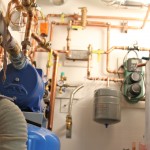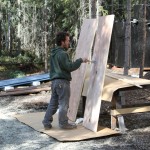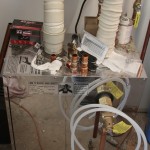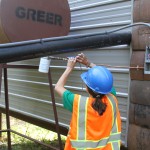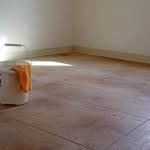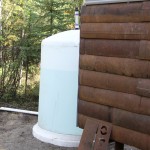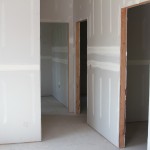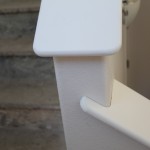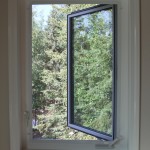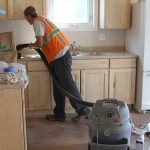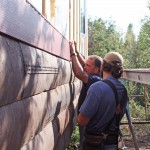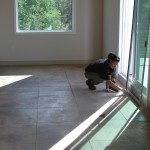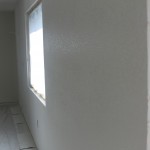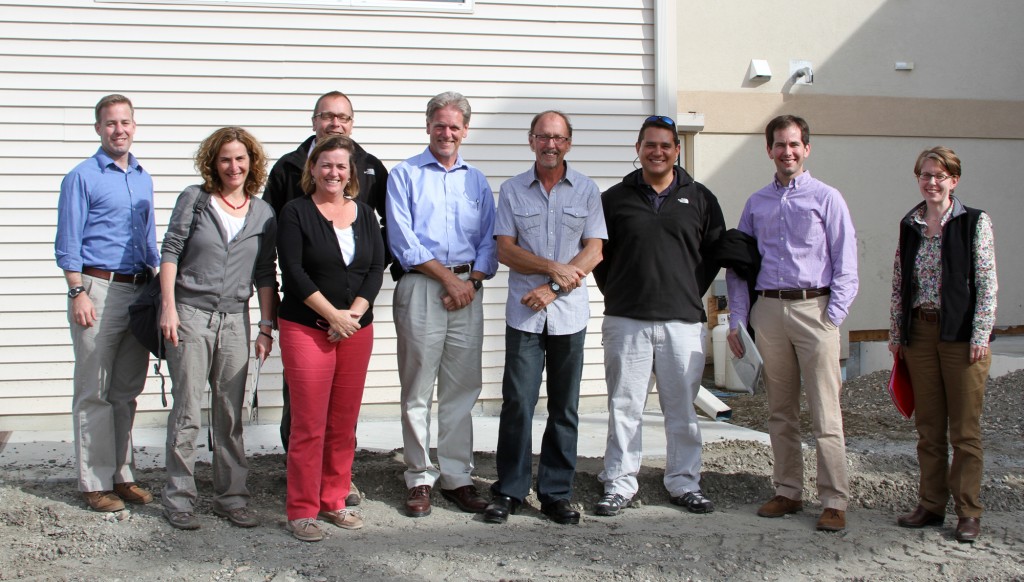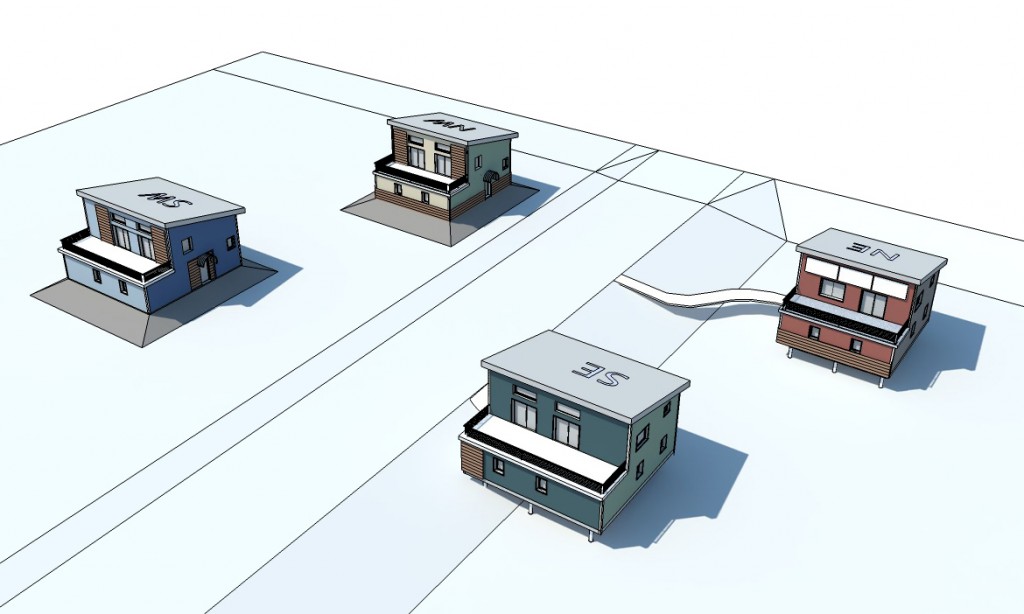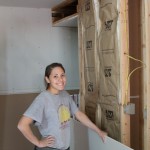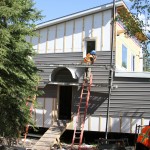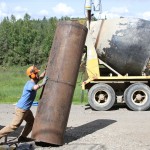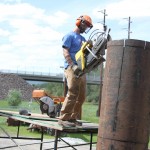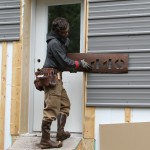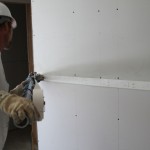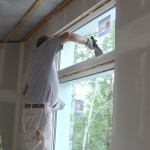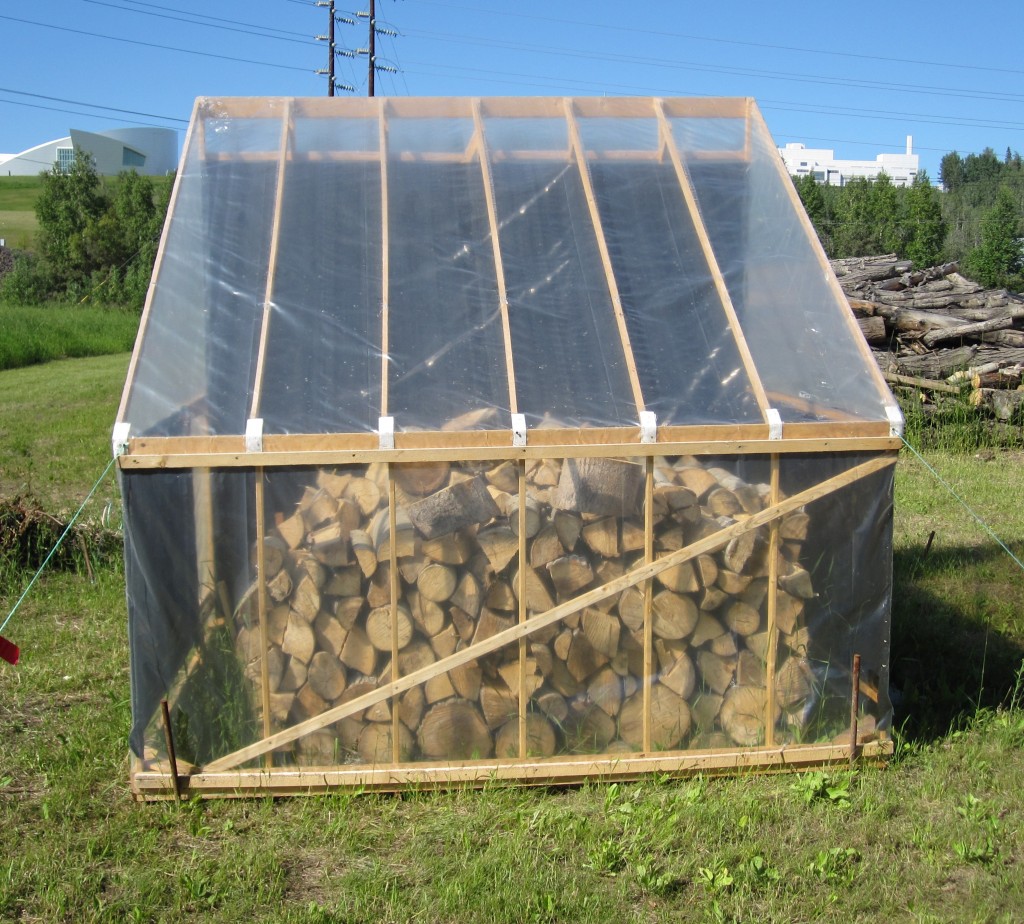
Firewood can dry in a single summer if split and stored properly.
While we won’t mention the dreaded “W” word, it’s never too early to start thinking about the heating season, when many Interior Alaska residents burn wood for heat.
While wood burning is a cheaper and more renewable alternative to heating oil, it also contributes to the air quality problem in the Fairbanks North Star Borough. Burning wet wood produces excess smoke and PM 2.5-sized particles, which disperse into the air and can be harmful to health. These emissions can be lessened by burning dry firewood. Fully cured wood — moisture content of 20 percent or less — is not only cleaner but also produces more heat.
How long does that take in this climate? It depends on the species of wood, when you harvest it, how you cut it and how you store it. A study at the Cold Climate Housing Research Center shows that wood can dry rapidly during a single summer — no matter when it’s harvested — but takes quite a bit longer over the shoulder seasons or winter. No matter what wood or method you use, firewood harvested in the fall won’t be fully cured by winter.
In our study, split wood harvested in the spring took anywhere from six weeks to three months to dry during the summer, depending on the storage method. Split birch and split spruce, for example, dried in one and a half months when stored in a simulated wood shed or left uncovered. In general, the fastest way to dry split wood was by storing it in a wood shed or leaving it uncovered, although uncovered wood is at the mercy of the weather and could be wet again by fall. When stored under a tarp, the wood took three months to cure.
Unsplit wood, on the other hand, didn’t cure during the summer in any storage scenario. Though it neared 20 percent moisture content by the end of the summer, it required another summer to reach a full cure.
Firewood harvested in the fall didn’t cure by springtime no matter how it was cut or stored. While it dried out somewhat in a wood shed (to between 30 and 40 percent moisture content), some samples got wetter under a tarp during the winter.
Several other factors should be considered when seasoning your wood. Spruce and birch tend to dry more quickly than aspen. Your drying times also will vary based on exposure to sun and air circulation (the more, the better).
The good news is that it’s possible to harvest firewood in the spring and cure it during a single summer — so you can stay cozy and burn cleanly during the winter. Just make sure to split it early and store it so it can dry.
The “Ask a Builder” series is dedicated to answering some of the many questions Fairbanks residents have about building, energy and the many other parts of home life.
Read more: Fairbanks Daily News-Miner – Ask a Builder How long does it take for wood to season
